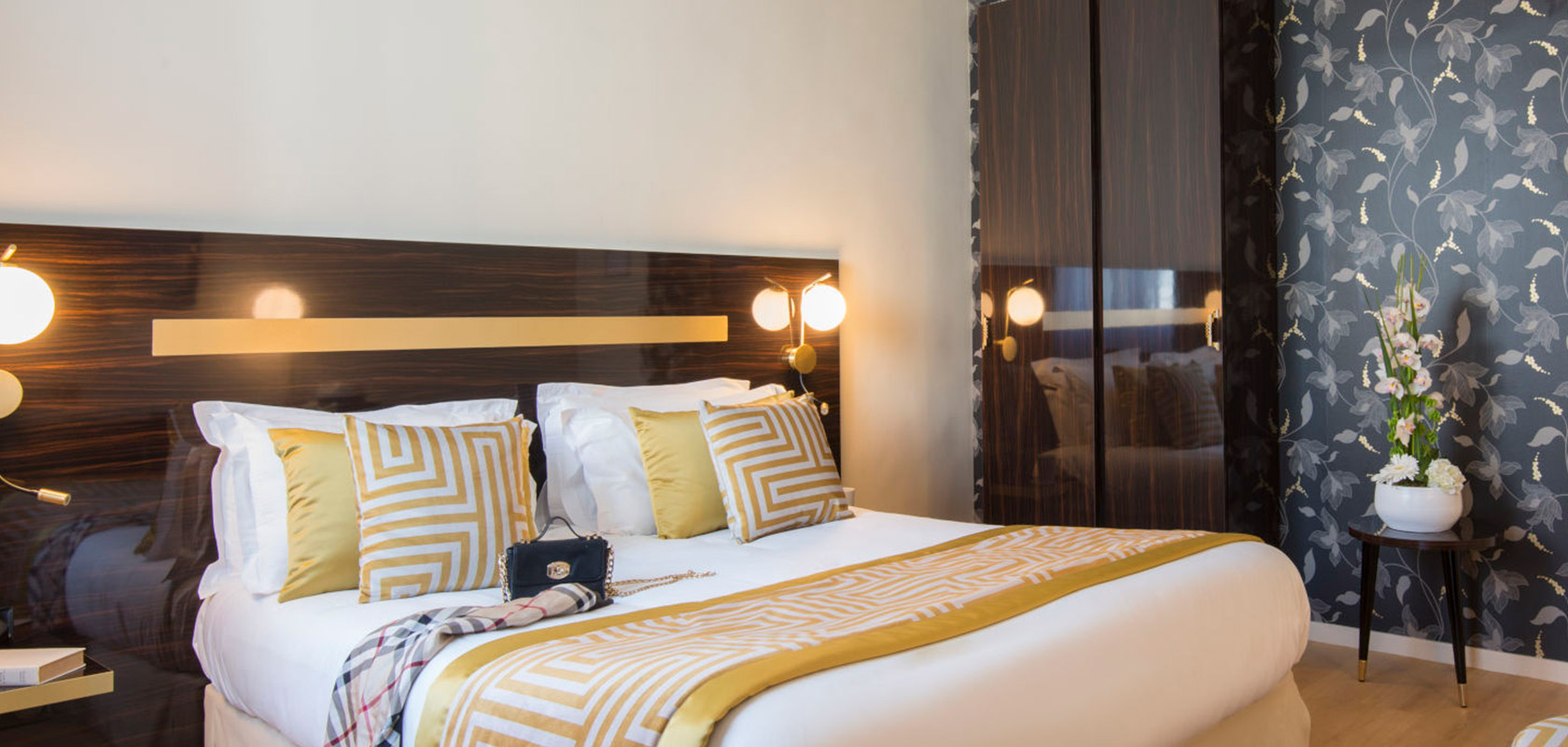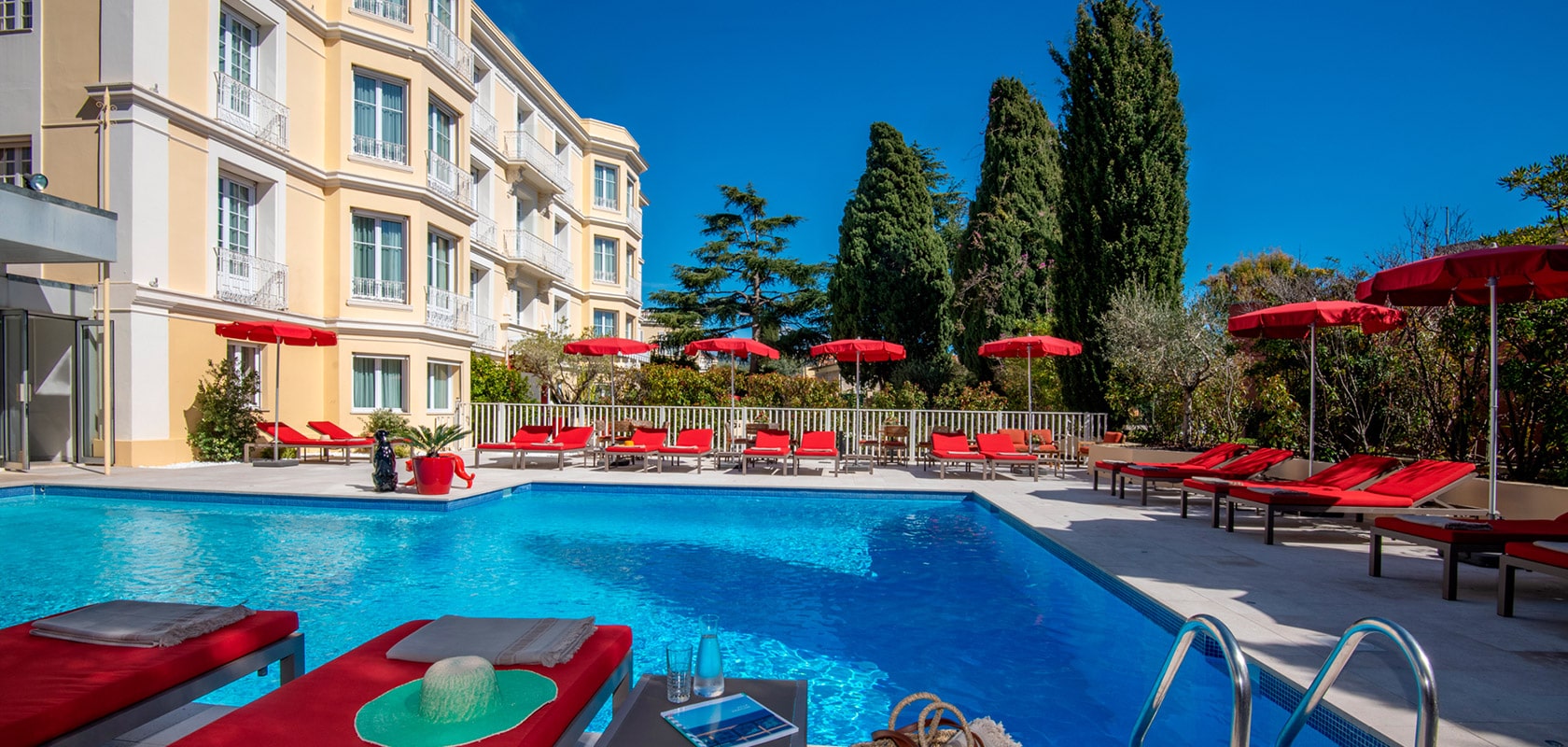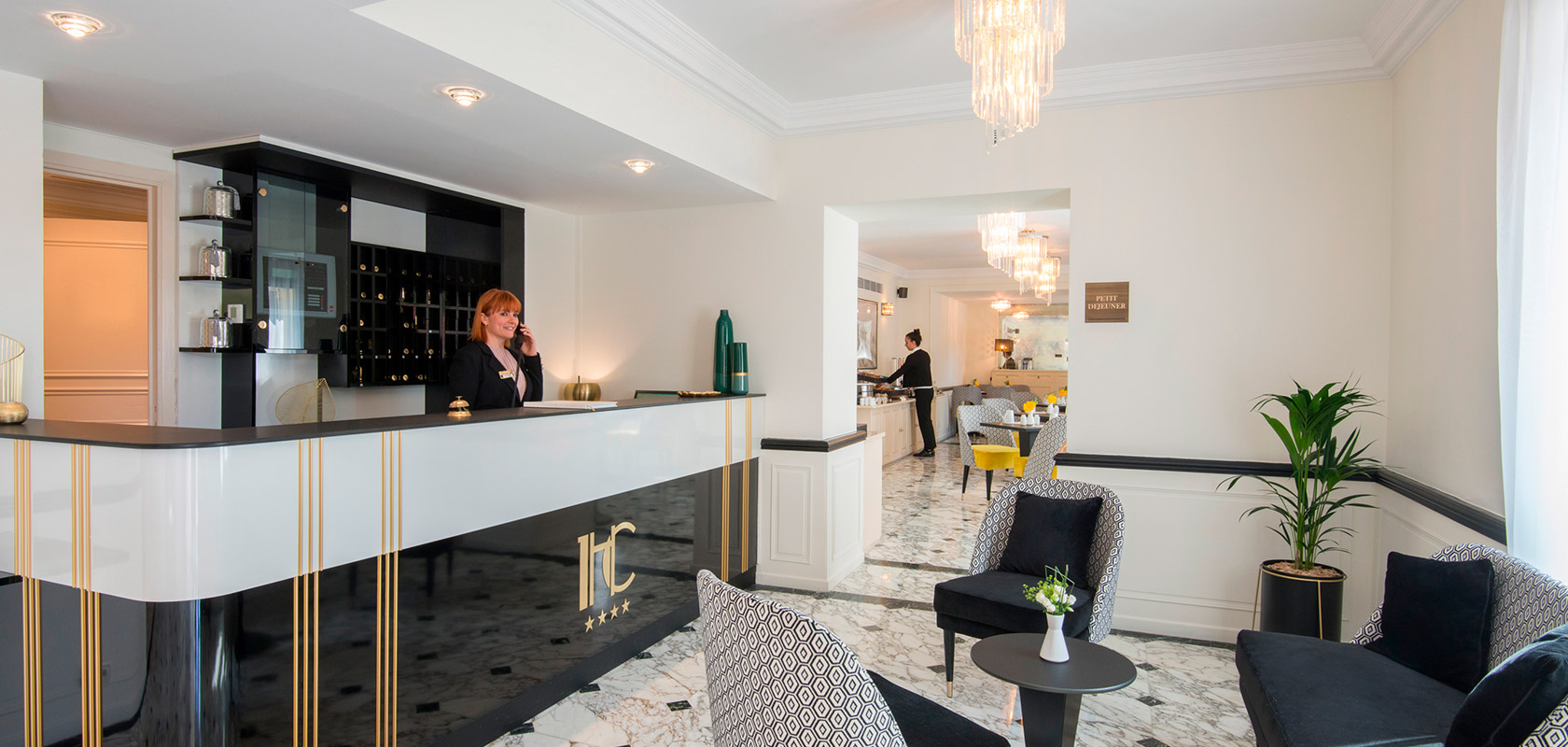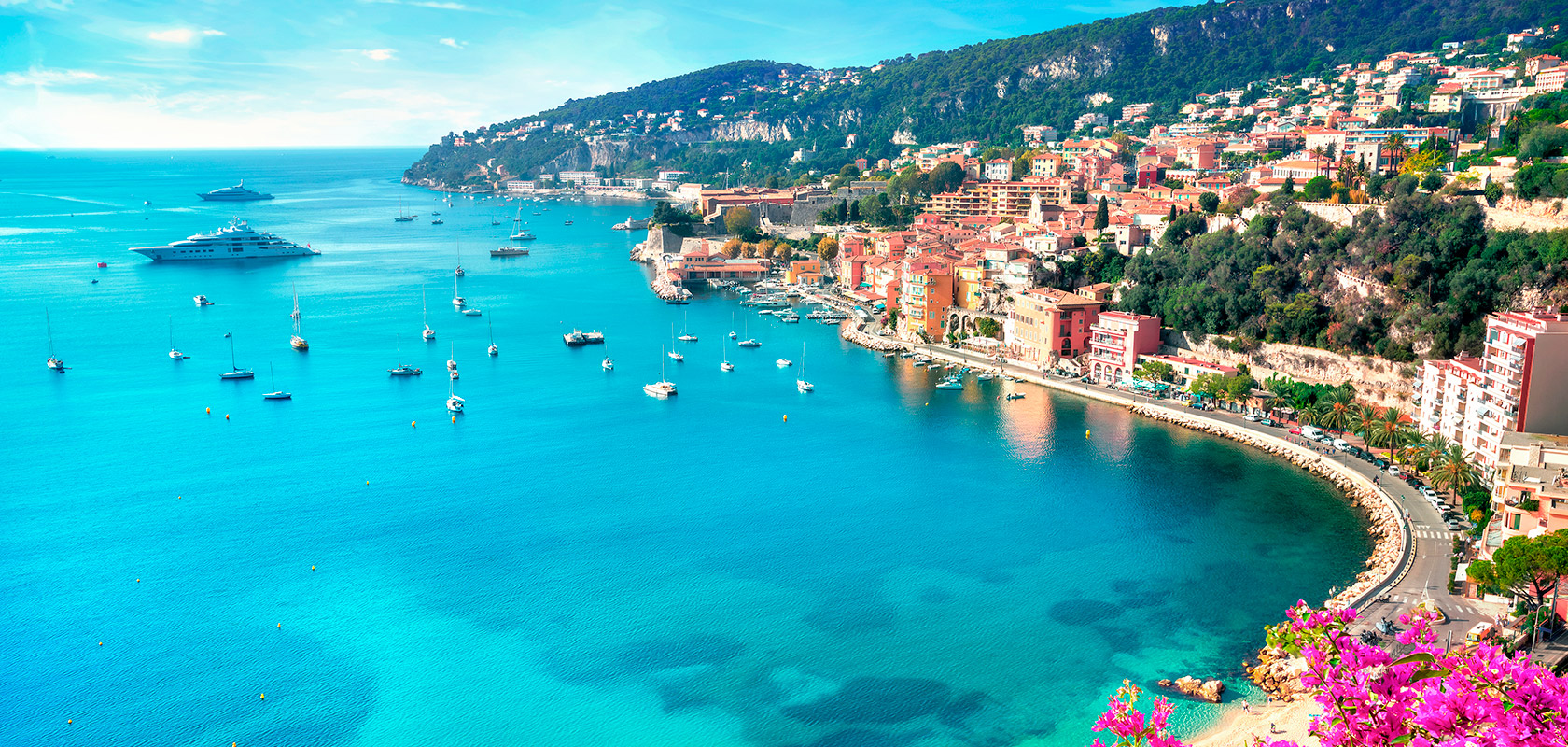Respirer le temps et écouter ses songes. Laisser son esprit flâner, allégrement.
Voici l’invitation au lâcher-prise que l’Hôtel Carlton cultive à Beaulieu-sur-Mer depuis près d’un siècle. Aujourd’hui ce boutique-hôtel quatre étoiles, tout juste rénové et ingénument à part, perpétue le plus charmant attrait de la Riviera : l’art de vivre élégamment décontracté.
À l’Hôtel Carlton, un enchantement solaire réunit les sourires en complicité : plénitude d’hôtes en quête de villégiature intimiste et belle humeur d’une équipe passionnée, toute dédiée à inspirer l’insouciance la plus libre. L’âme de l’hôtel s’anime de ce sens particulier de l’harmonie.
Des petits luxes à vivre en douce, été comme hiver, en tête à tête comme en famille… Ici murmure la langueur joyeusement dilettante des rivages entre Nice et Monaco. Là chantonne l’aura magnétique de la Côte d’Azur. Partout, discrètement, une petite musique résonne à l’Hôtel Carlton depuis les Années Folles : celle de la joie de vivre, vraiment et spontanément.

Lumière sur une élégance Art Déco : modernité et aisance en lignes pures composent leurs accords rythmés. Invitant des séjours radieux, les trois gammes de confort de l’Hôtel Carlton se signent toutes d’un style joliment intemporel. Promesse d’un repos moelleux et d’une intimité mélodieuse, l’esprit des chambres comme des salles de bain donne le ton : effortless chic. Un charme bien particulier qui glisse à l’oreille l’idée de séjours impromptus… comme de grandes vacances qu’on voudrait prolonger.

Comme un temps suspendu : afin que puissent s’étirer les meilleurs moments de chaque hôte, le Carlton Beaulieu prend soin d’instiller au fil des séjours des attentions personnalisées avec prévenance.
Des bienfaits d’hiver au coin de la cheminée aux joies d’été à l’air le plus libre, du petit-déjeuner gourmet aux apéritifs comme improvisés, de salons tranquilles en relax-terrasses, de chambre lumineuse en piscine ensoleillée… Ce sont des parfums de délassement heureux qui enveloppent les villégiatures au Carlton Beaulieu.

En réservant directement auprès de ce site, se trouve la garantie du meilleur tarif.
Atout de cette proximité : l’équipe du Carlton pourra, en direct et en personne, faire tout son possible afin de satisfaire les demandes particulières – chambres avec bow-window, chambres communicantes, salle de bain avec douche ou baignoire, souhait de départ tardif… –
C’est exclusivement ici que se trouvent les offres spéciales de l’Hôtel Carlton, chacune pensée pour les voyageurs exigeants.

Un nom comme une ode à la grâce du soleil et de la Méditerranée. Entre Nice et Monaco, les rivages les plus prisés se déroulent ostensiblement… Mais il en est un dont l’aura se découvre plus subrepticement : Beaulieu-sur-Mer comme une destination d’esthètes initiés. L’Hôtel Carlton se situe dans un trésor de ville où l’on peut encore se cacher, voluptueusement.
Deux ports, deux plages et une myriade d’attraits qui suggèrent l’escapade rêveuse : la Villa Kérylos comme épitomé remarquable de la Grèce Antique côtoie la fine fleur des architectures Belle Époque. Casino, typique marché de la place Marinoni, promenade et terrasses ombragées de palmiers se lient autour d’un art de vivre si typiquement berlugand.